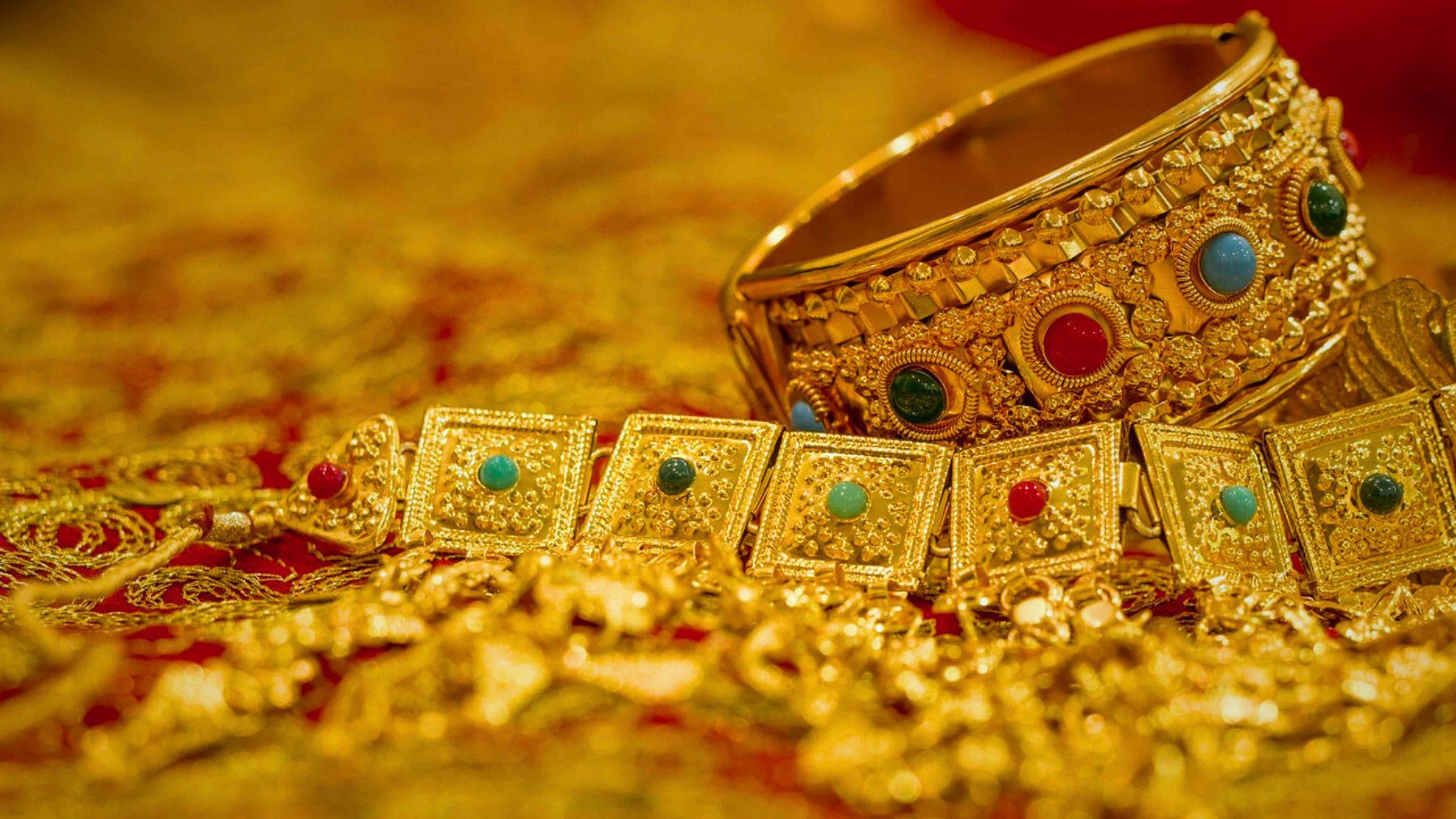Beyond its association with wealth and luxury, gold has been revered throughout history for symbolizing success, power, and spirituality. But the significance of gold stretches far beyond materialism. It’s a hue that can evoke a wide range of emotions and perceptions.
Here we’ll go into the psychological meaning of gold, exploring its emotional effects and role in our perceptions. Whether it’s viewed as a symbol of achievement or excess, gold’s influence on our minds is undeniable. Let’s get started.
What gold represents psychologically
Gold is the color of prosperity, prestige, and success. It naturally draws attention and it’s often associated with confidence, ambition, and personal achievement. This is why gold medals, trophies, and high-end products often incorporate the color.
Gold also shares some psychological traits with yellow, such as warmth and optimism. However, it adds a sense of sophistication and tradition. While bright gold can feel energetic and uplifting, darker or antique shades of gold bring a sense of heritage and stability.
However, gold isn’t always viewed positively. In excess, it can signal greed, arrogance, or an obsession with status. Overuse in design or fashion can make something feel gaudy rather than elegant. That’s why gold is best used in moderation to maintain its luxurious and powerful impression.
How gold affects our emotions
The color gold has a strong emotional impact. It can make people feel valued and special. This is why high-end brands use gold in their logos, as it creates a sense of exclusivity. Luxury designers like Versace, Rolex, and Chanel frequently use gold to reinforce the idea of elegance and high status.
Gold also has cultural significance in different parts of the world. In many Asian countries, gold is linked to good fortune, wisdom, and spiritual enlightenment. It is often used in religious artifacts and ceremonies, symbolizing purity and divine connection. In Western cultures, it’s often connected to achievement and celebration.
On the flip side, gold can sometimes feel overwhelming. Too much gold in a space can create a feeling of artificiality. That’s why, in interior design, gold is often paired with neutral colors like white, black, or deep blues to balance its intensity.
The enduring influence of gold
Gold is a powerful color that symbolizes success, wealth, and ambition. It has a strong psychological impact, influencing how we feel and perceive things around us. When used correctly, gold can create a sense of prestige and warmth. But when overdone, it can come across as excessive or materialistic.
In the world of fashion, gold is a staple. It graces the runways of top designers, adorns the red carpets, and is a favorite in jewelry collections. Gold accessories and clothing items often serve as statement pieces, highlighting the wearer’s sense of style and status.
Whether in fashion, branding, or design, gold remains a timeless color that commands attention. Understanding its psychological effects can help you use it in ways that enhance rather than overwhelm. After all, a little touch of gold can create a lasting impression of elegance and refinement.
